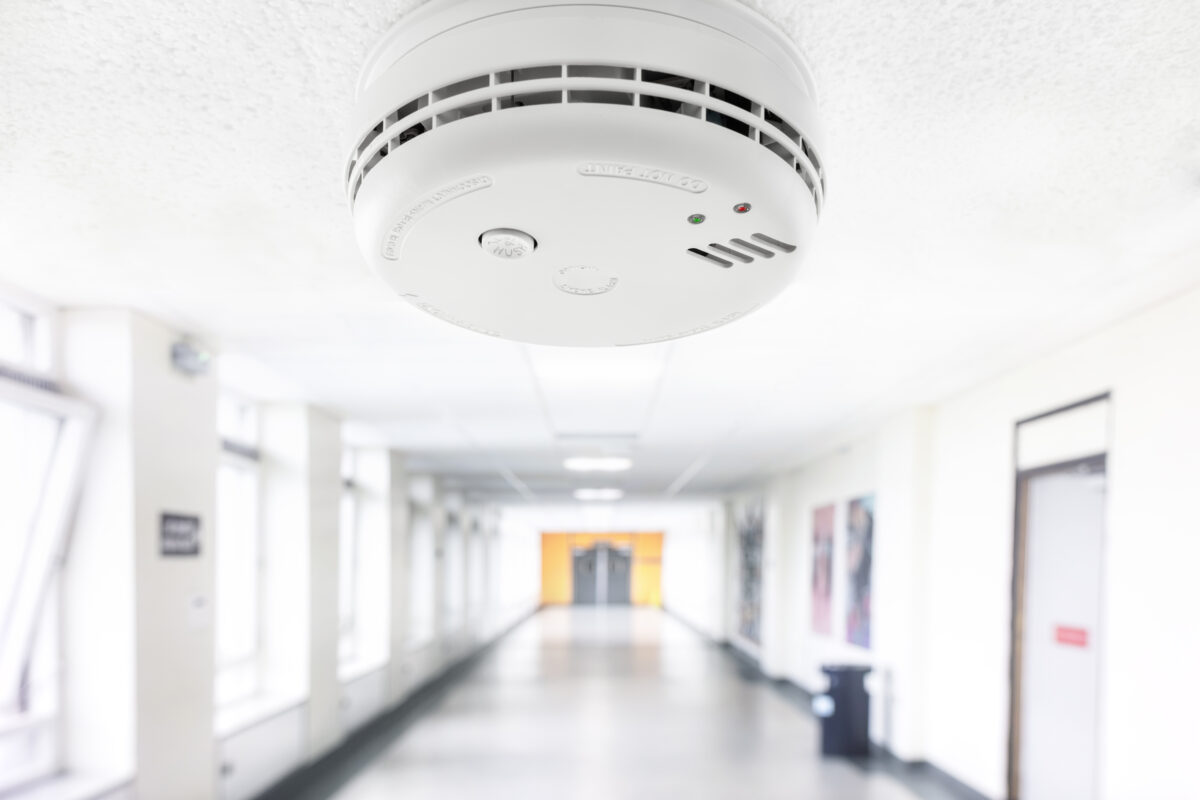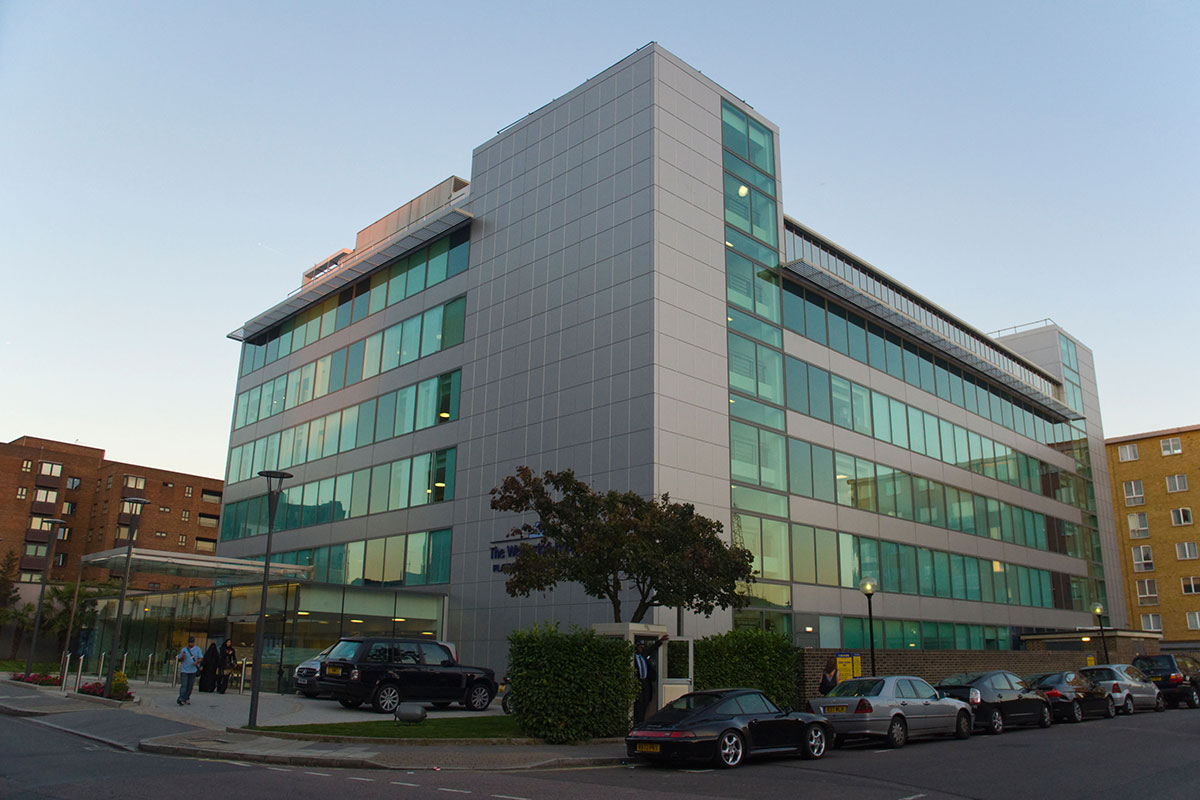Fire engineering in the hospital sector involves implementing specialized fire safety measures to ensure the safety of patients, staff, and visitors in healthcare facilities.
While hospitals share some challenges with other types of buildings, such as large occupancy levels and complex layouts, they also have unique considerations due to the presence of vulnerable populations, critical infrastructure, and specialized medical equipment.
Here are some of the challenges involved in fire engineering for hospitals:

Hospitals often care for patients who may have limited mobility, cognitive impairments, or other medical conditions that affect their ability to evacuate in the event of a fire.
Our Fire Engineers must design evacuation plans and fire protection systems that prioritize the safety of these vulnerable populations, including those in intensive care units, paediatric wards, and geriatric facilities.
Hospitals rely on critical infrastructure, such as life support systems, medical gases, and electrical equipment, to provide essential medical services to patients.
Fire Engineers must ensure that fire protection measures, such as fire suppression systems and smoke control systems, are designed to protect this critical infrastructure and minimize disruptions to patient care in the event of a fire.

Hospitals contain a wide range of specialised medical equipment that is sensitive to heat, smoke, and water damage. Fire Engineers must consider the location and protection of medical equipment when designing fire protection systems to prevent damage and ensure continuity of care during and after a fire emergency.
Hospitals must adhere to strict infection control protocols to prevent the spread of disease among patients, staff, and visitors. Fire engineering measures, such as compartmentation and ventilation systems, must be designed to maintain the integrity of infection control barriers while still providing effective fire protection.
Hospitals are subject to stringent regulations and standards such as the Regulatory Reform (Fire Safety) Order 2005. Fire Engineers must ensure that their designs comply with these regulations while also addressing the unique challenges of healthcare facilities, such as patient privacy and accessibility requirements.
Hospitals must have robust emergency preparedness plans in place to respond effectively to fire emergencies. Fire Engineers play a key role in developing these plans and providing training to hospital staff on fire safety procedures, evacuation protocols, and the use of fire protection equipment.
Our expert Fire Engineers must collaborate closely with hospital administrators, facility managers, and healthcare providers to understand the specific needs and priorities of the healthcare facility.
This may involve conducting risk assessments, reviewing emergency response plans, and coordinating fire safety training programs tailored to the unique requirements of the hospital environment.
Overall, fire engineering in the hospital sector requires careful consideration of the unique challenges and priorities of healthcare facilities to ensure the safety and well-being of patients, staff, and visitors in the event of a fire emergency.
When you partner with us, you can trust that your hospital project will benefit from our expertise and commitment to excellence in fire engineering.
Contact us today to learn more about how our fire engineering services can enhance the safety and security of your hospital design.
Let us help you take your hospital project to new heights.
The hospital acquired a nearby office building, and Balfour Beatty was commissioned to develop a Design & Build scheme to refurbish the building as a centre for minor operations (not requiring an overnight stay) and outpatient care. Just six weeks before the Design & Build contract was to be agreed, Balfour Beatty called upon FDS Consult’s creative approach to fire design to help deliver a fire strategy for the project.
The brief from Balfour Beatty was to develop a full concept fire strategy which would gain approval from the fire authorities whilst providing cost certainty and achieving the best value. Strict adherence to HTM guidelines would have required sprinklers on every floor and, in addition to the additional costs of specifying and installing the sprinklers themselves, this would have created a number of additional time and cost issues as there was insufficient space within the building for the water tanks and no dual power supply. The innovative approach adopted by FDS Consult was to value engineer the fire strategy.
Thanks to FDS Consult’s expertise, not only did the fire strategy achieve approval within the six week deadline but by omitting sprinklers, smoke venting and fire fighting lifts cost savings in excess of £1million were achieved.

Services
Policies

FDS Consult UK Limited,152 – 154 London Road,
Greenhithe, Dartford,
Kent, DA9 9JW.
Copyright © 2009 – 2023 FDS Consult UK Limited
Registered Office: 152-154 London Road, Greenhithe, Dartford, Kent, DA9 9JW.
Registered in England: 12601647